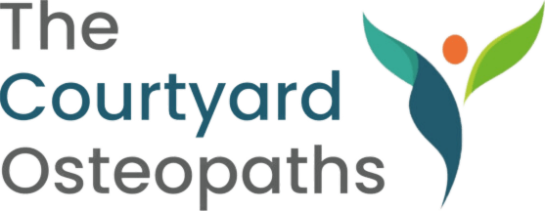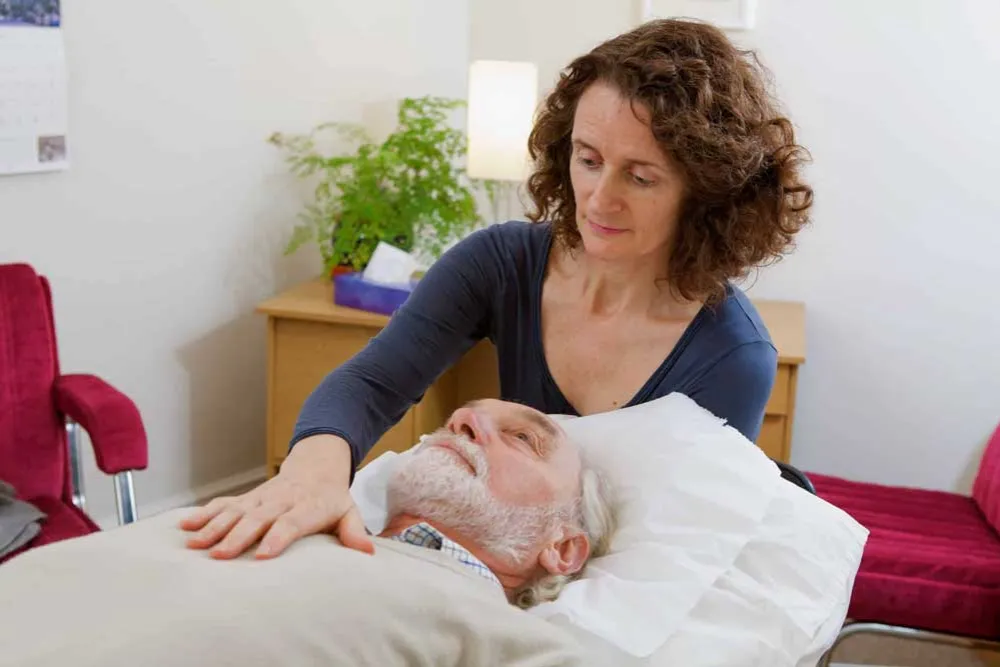Posture tips for mums… part 1
There is a lot to consider here as there are so many activities for new and seasoned mums to consider, Therefore I will be rolling this information out over the next few weeks
General
– The hormone relaxin remains in your body for up to five months after the birth, or longer if you are breast-feeding, which makes your joints more mobile and therefore more susceptible to injury. It is therefore important to take care when you move
– Move slowly and don’t rush
– If you can’t manage, ask for help
– Learn to be a bit more ambi-dextrous, don’t do everything with one hand, don’t always carry your child on one side – if you get used to this early on it will be less of a problem for you to change later if required
– Be careful with your back for at least six weeks after birth. Your tummy muscles, whether a vaginal or caesarean birth, will have undergone a lot of stretching. Your tummy muscles protect your back so try to get these a bit stronger before you start doing too much. When you can, and when you feel stronger, try to engage your tummy muscles with all movements whether lifting, carrying or pushing a pram or pushchair
Breast feeding
– Try to sit in an upright position with your spine in neutral. You may need to place a small cushion behind your lower back, opposite your belly button
– If you can, get your hands on a footstool which will help you keep an upright posture
– Place your baby on a pillow to bring the baby closer to you to help stop you stooping forwards or slouching
– If you need to hold your breast for your baby, try to keep your wrist as neutral as possible and use extra pillows to rest your elbow on
– Try not to cross your legs
Feeding in highchairs
– Make sure you sit
– Try to sit in front of your child, not to one side
– Try alternating between hands
– Try to rest your elbow and if not, do not leave your arm suspended for unnecessary time
Changing nappies
– Have everything ready so that you are not leaning or twisting
– Do try to have a changing table as changing on the floor can cause low back, neck and shoulder aches
– As your child gets older, he or she may not want to lie still. Try giving them a toy or, if you are weaning, some food to keep them calm and still
If you would like to discuss any of the above or if you are experiencing any difficulties related to the above, please do call us and we will be happy to listen and give further advice where we can. Alternatively, make a appointment if you feel you are suffering with posture issues or aches and pains related to being a mum!
Sally
8 August 2013
What Do Other People Think

Rated 5 star by over 40+ clients

